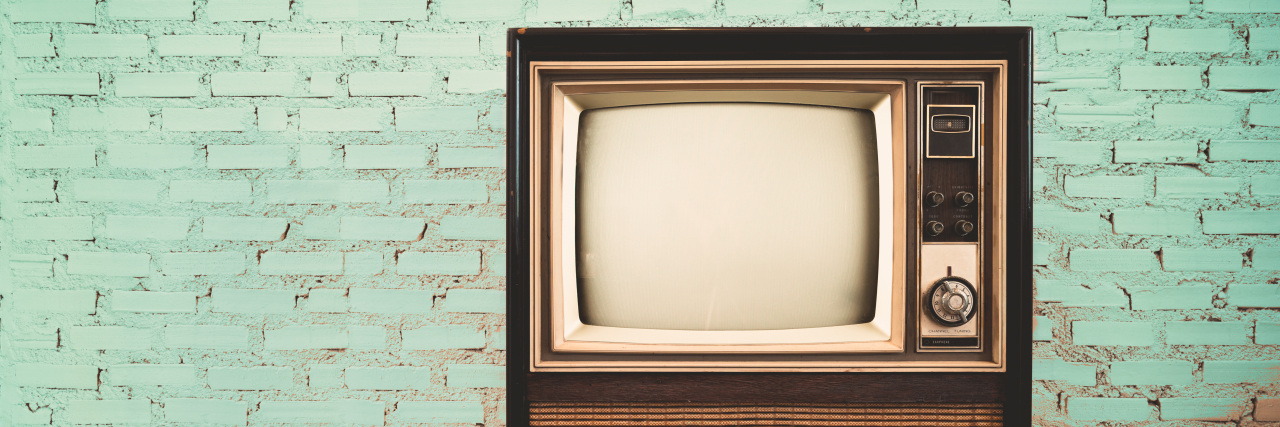Lauren Appelbaum is the communications director of RespectAbility, a nonprofit organization fighting stigmas and advancing opportunities for people with disabilities.
GLAAD’s 2018-2019 Where We Are on TV Report includes the only analysis of primetime scripted series regulars on broadcast networks of characters with disabilities. Largely known for tracking the number of LGBTQ+ characters on broadcast and cable networks, as well as streaming services, the Where We Are on TV Report also tracks racial, gender and disability inclusion on television.
The amount of regular primetime broadcast characters counted who have a disability has slightly increased to 2.1 percent, but that number still vastly underrepresents the actualities of Americans with disabilities. There are seven characters across all three platforms tracked (broadcast, cable, streaming) who are HIV-positive, a substantial increase from last year’s two.
While the 2018-19 season will see 18 characters with disabilities, versus 16 in 2017-18, that number still vastly underrepresents the actual number of people with disabilities, representing less than one-sixth. Furthermore, while more than one-third of LGBTQ+ adults have a disability, GLAAD’s report found only four LGBTQ+ characters with disabilities.
The GLAAD report is based on self-reporting by the networks and content providers. GLAAD looked at 857 characters expected to appear on scripted prime-time shows broadcast on ABC, CBS, The CW, FOX and NBC. Counts are based on original scripted series premiering or which are expected to premiere a new season in primetime between June 1, 2018 and May 31, 2019 for which casting has been announced and confirmed by networks. However, there may be an instance where a character, such as NBC’s “This is Us’” Jack Pearson, who has an alcohol use disorder, Randall Pearson, who has anxiety, Kevin Pearson, who becomes addicted to opioid pills and Toby, who has depression; as well as recurring characters such as 9-1-1’s Christopher Diaz who has cerebral palsy, may not be reported and included. Even so, characters with disabilities still are woefully underrepresented in comparison to the number of people with disabilities in the U.S.
It is clear that representation matters. Just as GLAAD will continue to work alongside the industry to tell LGBTQ+ stories on screen and further the conversation through their year-round work, RespectAbility, a nonprofit fighting stigmas and advancing opportunities for people with disabilities, will continue to do so for full representation of people with disabilities – including those with disabilities who are LGBTQ+.
Increasing Disability Inclusion in Television Leads to Real-Life Results
With Hollywood striving to boost diversity and inclusion, opening the inclusion umbrella for America’s largest minority – the one-in-five Americans with a disability – is the right thing to do as well as economically smart given that the disability market is valued at more than $1 trillion.
What people see and hear impacts what they think and feel about themselves and others, which can have life and death consequences. People with disabilities lack adequate access to healthcare, education and employment opportunities. Depictions of disability should be focused on the abilities and contributions of people with disabilities, not just the disability. Additionally, even simple inclusion in crowd scenes is important. This is especially critical for the 22 million working-age Americans with disabilities, of which only one-in-three has a job.
“We have a long way to go in how television shows people with disabilities,” Jennifer Laszlo Mizrahi, president of RespectAbility said. “For almost five decades, the Jerry Lewis telethon stigmatized people with disabilities by showing what people with disabilities can’t do. Now is the time to show what people with disabilities can do.”
Like “Will and Grace” and “Modern Family” helped to change perceptions of the LGBTQ community, an increase in diverse and authentic portrayals of people with disabilities on television can help to end stigmas and advance opportunities for people with disabilities. Actors, producers and directors can use their talents through inclusion riders and other means to fight stigmas and advance opportunities. They also have the power to change the fact that actors without disabilities play more than 95 percent of all characters with disabilities on television.
Diversity and inclusion processes also are needed inside networks and studios so diversity and accurate portrayals become natural and consistent. Changing attitudes and behaviors takes great communicating, delivery systems and message repetition. Everyone who works on any aspect of diversity in Hollywood will be likely able to help all – as a rising tide lifts all ships. Television programming that represents the talents, innovation and inclusion of all of us is simply better.
The entire report may be downloaded from their website.
Getty image by Jakkapan21.

